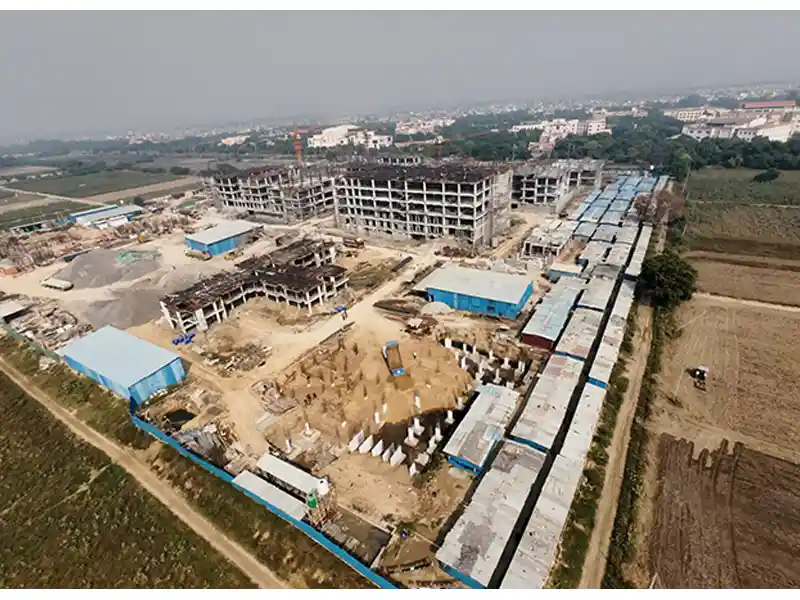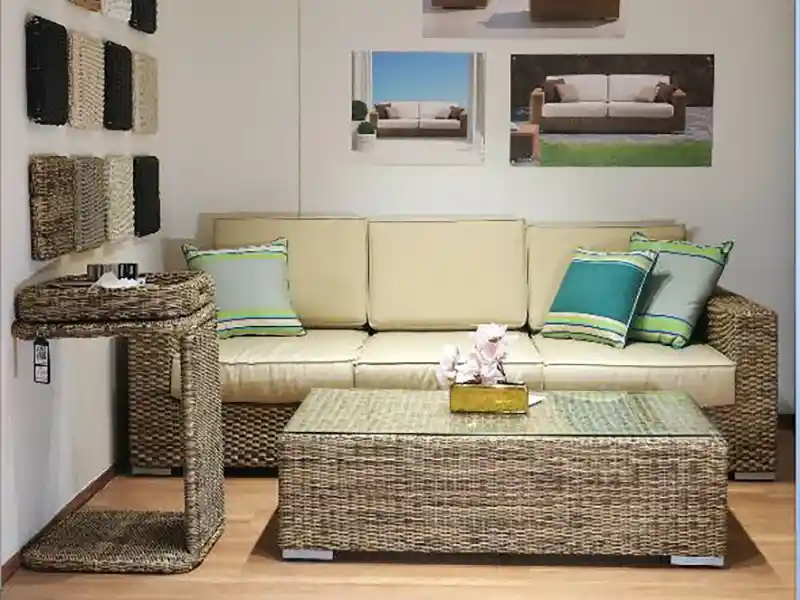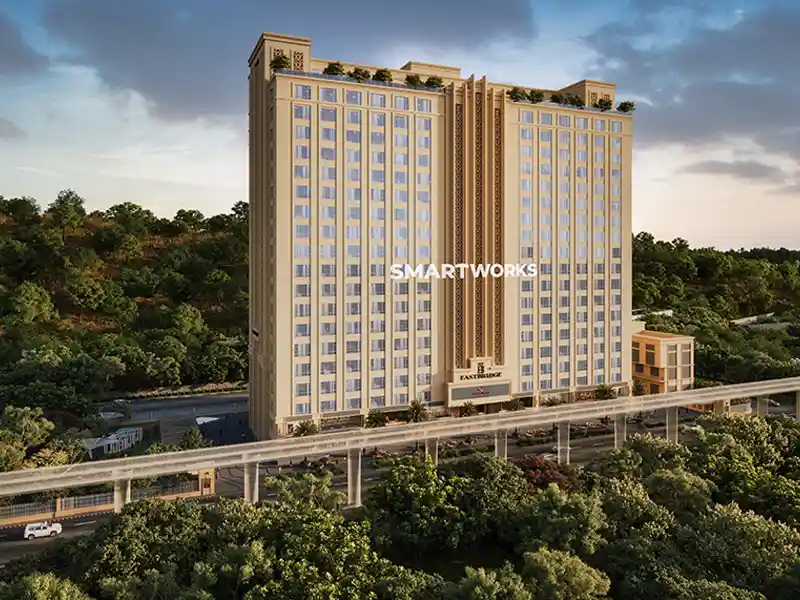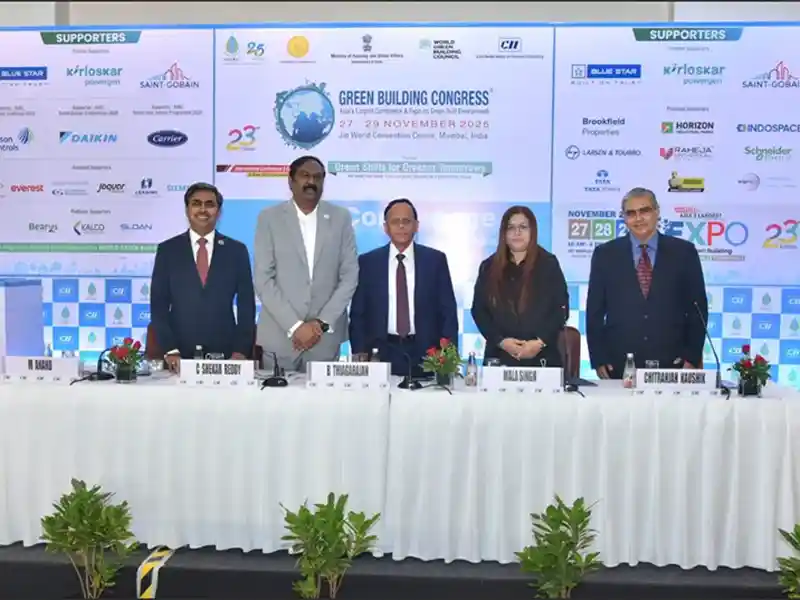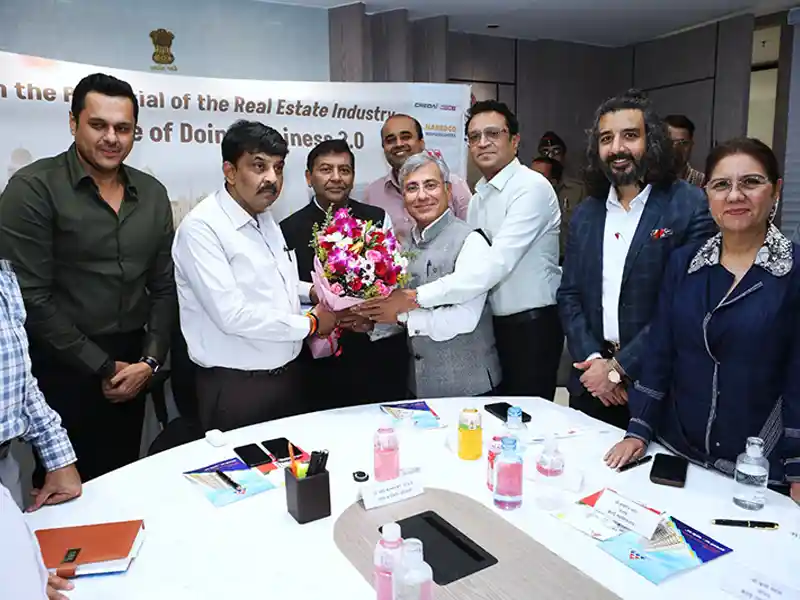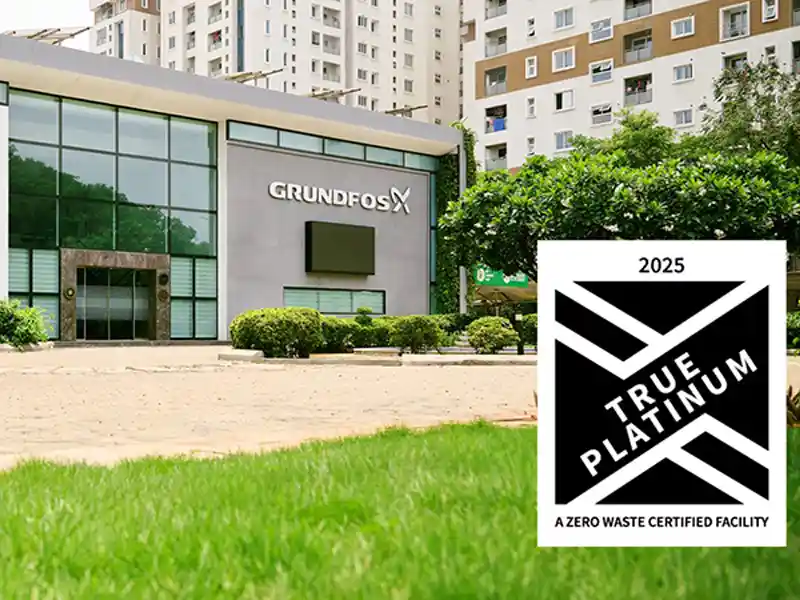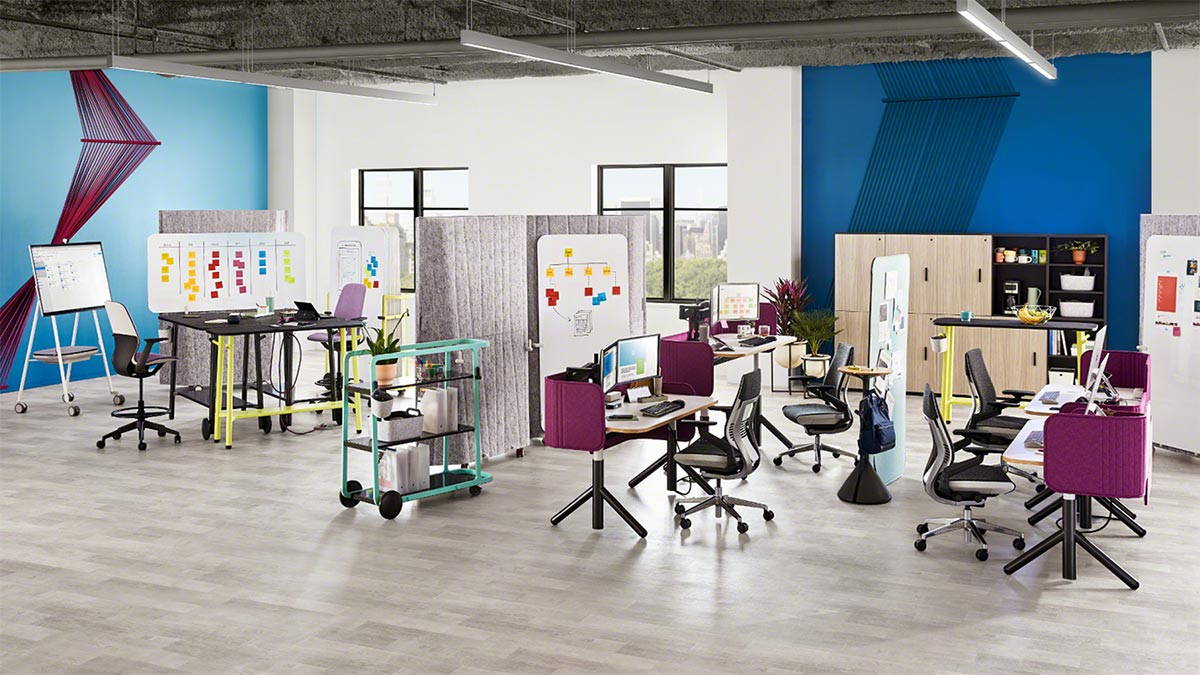
Post-Covid, the residential trends are focussing on homes that encourage good health and promote wholesome wellness for the inmates. In the wake of the corona crisis, consumer demand has undergone a tectonic shift with a set of new preferences calling for design transformation.
Keeping in view this emerging trend, developers are opting for designs that have provision for a security station at the entrance/lobby at each tower of a multi-storeyed apartment complex. The new projects are designed to have hygiene-oriented facilities incorporated at multiple touchpoints like foot-pedal door openers, IoT based device management, light management, curtain control, and automation based on mobile phones. In residential developments, the trend is for lounge spaces, ensuite rooms and study spaces in line with the increasing trend of Work from Home (WFH). Some developers are making provision for a business centre within the apartment complex.
Commercial organizations have realized and acknowledged that their vitality depends a lot on toxic-free environs and commercial spaces are being redesigned to meet the health norms. Reception areas are being turned into zones for temperature checks and sanitation. Office spaces are being designed to ensure social distancing by segregating/spacing out workstations and erecting transparent plexiglass partitions. Co-working spaces are being remodelled to make large open layouts into more compartmentalised spaces.
There is increasing emphasis on automation for touch-free operations like sensor-activated doors, sensor-fitted lights and faucets, hands-free doors, food dispensers in cafeterias, etc. The focus is also on unmanned facial recognition scanners to screen the temperature and blood oxygen levels. As these AI-enabled scanners require no human intervention, they are very useful at entry points of offices, banks, airports, schools, hospitals, housing societies and shopping malls. Offices are also focusing on avoiding crowding in elevators and reducing touchpoints like the floor buttons through tech-based interventions. For instance, a simple QR scanner flashed to the elevator panel can take the person to his/her desired floor.
For safer workspaces, Esp+uv filters are being used to ensure corona-free air, and there is a greater focus on ventilation and air circulating systems since AC ducts are carriers of viruses on the floors. Also, ionisers are being used in the ventilation system to improve indoor air quality.
In fact, companies are vying with each other to come up with innovative products like bacteria-free floor tiles and paints. Greenlam has come up with laminates, compacts veneers, engineered wooden floors and engineered wooden doors and frames with anti-virus, anti-bacterial and anti-fungal properties. It claims to have developed the world’s first Covid-19 resistant laminate, certified by the Ministry of Science & Technology.
Veda Labs has launched a completely contactless Covid suite - a unified solution that helps in checking occupancy levels, mask and temperature detection along with sanitization alerts. Robotic air purifiers are also gaining prominence; they use self-navigation to go from one room to another and can clean up to 3500 sft on a single charge, and come equipped with HEPA-12 filters that can deal with the Covid-19 virus.
The writer is Editor, PropTOQ, a real estate monthly



